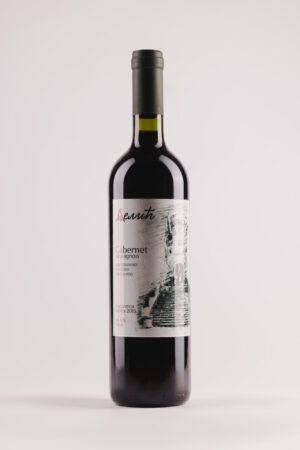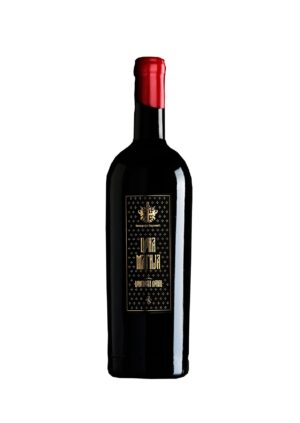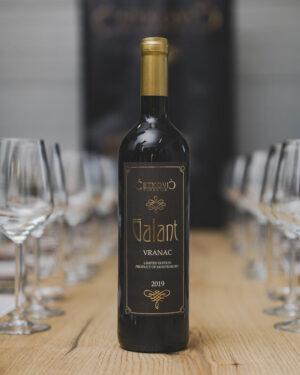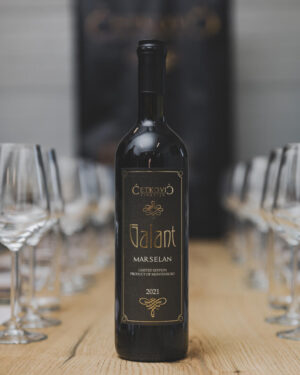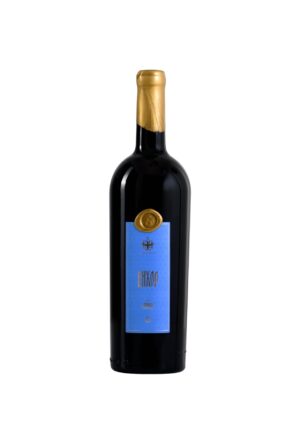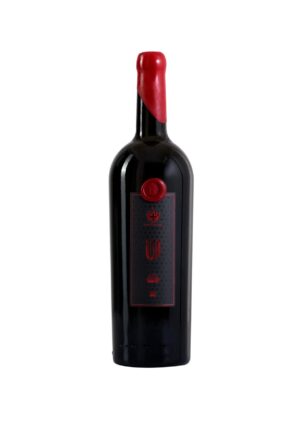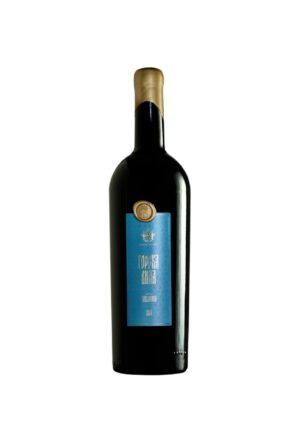You can contact us 24/7 0 800 300-353
35,28 €
Subtotal: 35,28 €
Add 14,72 € to cart and get free shipping!
Free Shipping on All Orders Over $100
35,28 €
Subtotal: 35,28 €
Add 14,72 € to cart and get free shipping!
Free Shipping on All Orders Over $100
Indigenous grape varieties
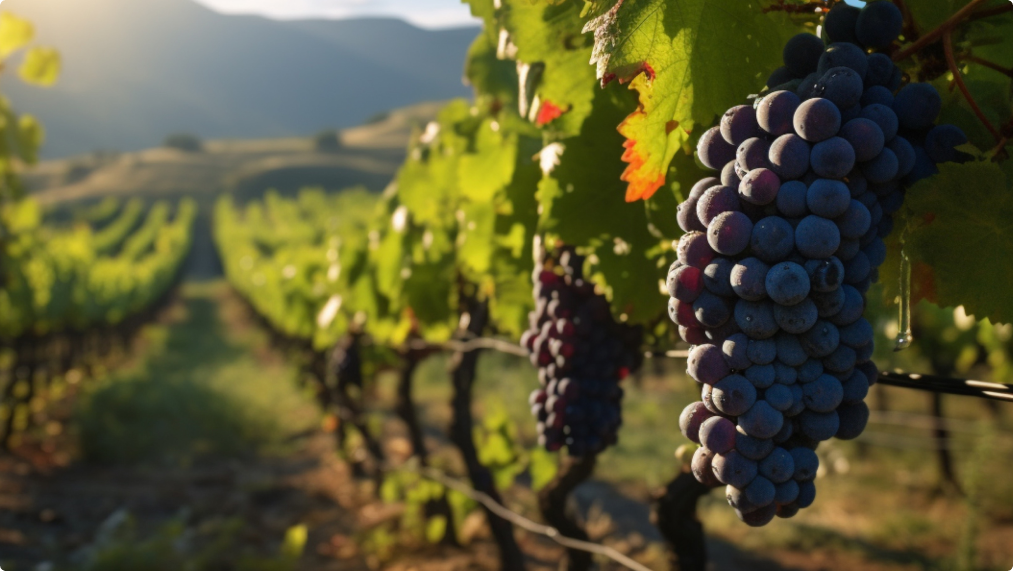
Montenegro is a country with a rich wine tradition, and its indigenous grape varieties form the foundation of its viticultural production. Among them, the most prominent are the varieties Vranac, Kratošija, and Krstač, which dominate the grape composition of Montenegrin vineyards. These varieties are of exceptional importance to Montenegro’s enological heritage, as they have been developed and adapted to the specific climatic and soil conditions of the region, making them recognizable for their unique character.
In addition to these, other indigenous varieties such as Lisičina, Muškaćela, Čubrica, and Žižak are still cultivated in some areas, preserved from oblivion as part of the country’s wine heritage. Each of these varieties carries a specific potential that has not yet been fully exploited but presents a great opportunity for the development of Montenegrin viticulture and the promotion of indigenous wines on the global market.
These varieties not only contribute to the richness of Montenegrin wines but also shape the wine culture, deeply rooted in history and tradition. Revitalizing and preserving indigenous varieties is a key component in the strategy for branding Montenegro as a wine destination, which has great potential for the development of wine tourism and international recognition.
Vranac

Vranac is the most well-known indigenous grape variety of Montenegro and a true symbol of viticulture in the region. Its name, meaning “black horse” in Montenegrin, reflects its strength, elegance, and energy. As the most widely planted variety in Montenegro, Vranac has deep roots in the tradition and culture of the region, and its wine is recognized worldwide.
Characteristics
The Vranac clusters are medium-sized, with dark blue berries covered by a thick layer of natural wax. Vranac requires a lot of sunshine and warmth, thriving in Montenegrin vineyards situated on gentle slopes with a Mediterranean climate. Wines made from Vranac are intensely ruby-red, with prominent aromas of dark fruits such as plums, blackberries, and cherries, complemented by hints of spices, chocolate, and vanilla.
Vranac produces full-bodied wines with rich tannins, moderate to high alcohol content, and excellent aging potential. Its complexity makes it a perfect match for rich cuisine, particularly Montenegrin specialties such as roasted meats, prosciutto, and local cheeses.
Historical significance
Vranac has been cultivated for centuries in Montenegro and the Balkans, especially in the Crmnica and Lake Skadar wine regions. It accounts for up to 70% of the country’s total wine production, making it an indispensable part of the local agriculture and economy. Thanks to its authenticity and quality, Vranac has become an ambassador of Montenegrin viticulture on the international market. Today, it is present in more than 40 countries worldwide, winning prestigious awards and recognitions.
Symbol of Montenegro
Apart from being a grape variety of exceptional quality, Vranac carries deep cultural and symbolic significance for Montenegro. It is a wine that is consumed during festive occasions, symbolizing tradition, hospitality, and pride. Through the story of Vranac, winemakers convey the rich heritage of this region, connecting the past with the future.
Future prospects
Vranac has enormous potential for further development, both locally and internationally. Its unique qualities make it ideal for the production of wines with a geographic indication of origin, and recently, more winemakers are experimenting with different styles, including barrel-aged wines and organic production. As the heart of Montenegrin viticulture, Vranac is not just a grape variety but also a story about the land, people, and tradition that has lasted for centuries. Each glass of Vranac wine offers an opportunity to experience the authentic spirit of Montenegro.
Kratošija
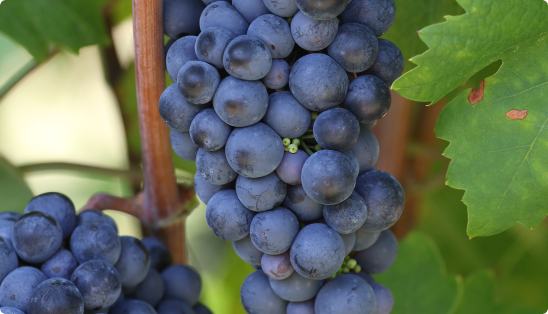
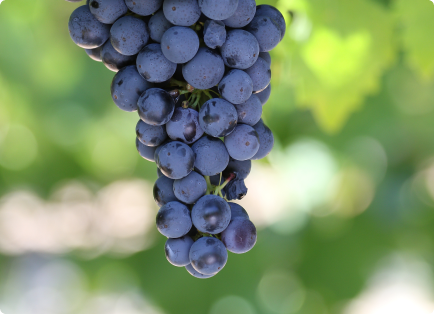
Kratošija is an indigenous grape variety that has always been one of the cornerstones of Montenegrin viticulture. Once the most widespread variety in the country, Kratošija has a rich history and a significant influence on the development of wine traditions not only in Montenegro but also in other wine-growing regions around the world. This variety, cultivated since ancient times, carries with it the story of Montenegrin enological heritage and its global expansion.
Characteristics
Kratošija is a red grape variety known for its intense color and high wine quality. The grapes of this variety accumulate high sugar levels but also retain sufficient acidity, making Kratošija ideal for blending with varieties that have lower acidity. This variety produces strong, full-bodied wines with characteristic aromas, and it is most commonly blended with Vranac to create a balanced final wine.
Geographic distribution
Although Kratošija is an indigenous variety of Montenegro, its legacy and influence extend far beyond the country’s borders. Preliminary results from scientific research on the genetic structure of indigenous varieties suggest that Montenegro is an ancient wine-growing area from which Kratošija migrated to other wine regions. Interestingly, this variety is present in Macedonia, Croatia, Serbia, Bosnia and Herzegovina, and even in more distant wine regions.
Scientists have discovered that Kratošija is an ancestor of the Zinfandel variety in California and Primitivo in Italy. These findings suggest that Kratošija, although an indigenous Montenegrin variety, played a key role in shaping the wine environment in many other wine regions, spreading its influence beyond the borders of Montenegro.
Potential for Montenegro on the global wine map
Along with Vranac, Kratošija, Krstač, and other indigenous varieties, Kratošija has great potential to help position Montenegro on the global wine map. It is one of the most valuable indigenous varieties of Montenegro, testifying to the rich viticultural tradition and its significance in the global wine scene. Its characteristic aromas, high quality, and global presence make it an essential part of the future development of the Montenegrin wine industry.
Krstač

Krstač is an indigenous grape variety from Montenegro, symbolically and impressively named, representing one of the greatest treasures of Montenegrin viticulture. This white grape variety, with its uniqueness and quality, testifies to the country’s rich enological heritage. It is interesting that Krstač thrives and succeeds exclusively on Montenegrin soil, refusing to adapt to other geographic locations.
Characteristics
Krstač stands out for its high-quality wines – light yellow in color, with refreshing acidity and a rich aromatic profile. Wines made from Krstač often display notes of citrus, white flowers, and ripe fruits, with a subtle minerality characteristic of the climate in which it grows. This wine is perfect for pairing with seafood dishes, light cheeses, and Mediterranean cuisine.
Geographic distribution
Krstač is most commonly found in the Podgorica wine region, with some vines also growing in Crmnica. The Beri and Doljani subregions, near Lake Skadar, were its historical center in the 1950s, when it was the dominant white wine variety in the area. Over the next decades, it spread to the Bjelopavlić plain, Zeta, and Lješkopolje, but its cultivation remained limited to a 40 to 50-kilometer radius.
Uniqueness of the variety
One of the most fascinating aspects of Krstač is its territorial exclusivity – attempts to cultivate this variety outside Montenegro, even in neighboring countries, have been unsuccessful. Krstač has remained faithful to its homeland, further emphasizing its connection to the Montenegrin climate, soil, and tradition.
Symbol of Montenegrin identity
Krstač is not just a grape variety but also a symbol of Montenegrin authenticity and the richness of its natural resources. This variety has great potential for further development and the promotion of Montenegro as a wine destination, and its preservation is a priority in efforts to valorize indigenous varieties and traditions. Krstač remains one of the most important white grape varieties in Montenegro, reflecting the specificity and uniqueness of this wine-growing region.
Muškaćela

Muškaćela is one of the rare indigenous grape varieties traditionally cultivated in Montenegro, primarily in the Crmnica subregion and along the Montenegrin coast. Known for its unique aroma and high-quality wines, this variety represents a valuable part of Montenegro’s enological heritage.
Characteristics
Muškaćela is a white grape variety known for its amber-colored wines, optimal acidity, and rich aromatic profile. Its wine is recognizable for muscat aromas reminiscent of floral and fruity notes, with a fine bouquet that adds to its elegance and complexity. Thanks to these characteristics, Muškaćela produces wines that are harmonious, refreshing, and perfect for pairing with traditional Montenegrin cuisine.
Geographic distribution
The Muškaćela variety is most prevalent in the vineyards of Crmnica, considered the heart of Montenegrin viticulture, and along the Montenegrin coast, where the sunny climate and proximity to the sea create ideal conditions for developing its unique characteristics.
Žižak

Žižak is an indigenous white grape variety that represents a significant part of Montenegro’s viticultural heritage. The vines of this variety, nurtured for centuries in Montenegro, can be found in Crmnica, along the Montenegrin coast around Herceg Novi, as well as in the Bay of Kotor.
Characteristics
This grape variety produces wines of exceptional drinkability, full-bodied and harmonious, with distinct menthol tones and a pleasantly developed bouquet. Its aromatic profile offers a unique experience, making this variety poised to capture the attention of wine lovers worldwide.
In the Bay of Kotor, Žižak is also known as “Žižak White” and was once commonly used for the production of sparkling wines, similar to Prosecco. This tradition speaks to the versatility of the variety and its potential for creating different wine styles.
Geographic Distribution
Although Žižak was rare in past decades, interest in this variety has significantly grown in recent years. Wineries in Montenegro are increasingly choosing this variety for the revitalization of their vineyards, leading to a gradual increase in the areas planted with Žižak, particularly in the regions of Crmnica and the coast.
Potential for development
Reviving the Žižak variety not only contributes to preserving indigenous heritage but also strengthens Montenegro’s image as an authentic wine destination. Its harmonious wines, with aromatic hints of menthol, are ideal for pairing with Mediterranean cuisine, which further opens up possibilities for enotourism and the promotion of local products.
Žižak is a symbol of tradition, quality, and a return to roots, representing a gem of Montenegrin viticulture and an authentic expression of the wine culture of this region.
Čubrica

Čubrica is one of the rare indigenous grape varieties of Montenegro, which not only represents a part of the rich viticultural tradition of this region but also an important segment of the Balkan enological heritage. This variety, present for centuries in Montenegrin vineyards, proudly preserves the authenticity and uniqueness of the region’s taste.
Characteristics
Čubrica is a variety of red grapes known for its small dark-blue berries and exceptionally dense clusters. Its wine is distinguished by a rich aroma, dominated by notes of dark fruits like blueberries and blackberries, with subtle hints of spicy undertones. Wines produced from Čubrica are generally medium-bodied, with moderate tannin content and a pleasant freshness, making them suitable for pairing with a variety of dishes, especially traditional Montenegrin specialties.
Geographic distribution
This variety is traditionally grown in the regions of Crmnica and the Lake Skadar area, where it finds ideal conditions for growth—sunny slopes, mineral-rich soils, and the beneficial microclimate brought by the shores of Lake Skadar. Čubrica was more commonly found in the past, but the modern trend of returning to indigenous varieties has led to its revival in Montenegrin vineyards.
Potential for development
Recently, Čubrica has attracted attention not only from local winemakers but also from experts abroad, who recognize its potential for the production of high-quality wines with a geographic designation of origin. Reviving this variety is part of a broader strategy to preserve and promote Montenegrin viticultural heritage, which can significantly contribute to the development of enotourism and branding Montenegro as a wine destination.
Cultural significance
Čubrica is not just a grape variety—it’s a symbol of Montenegrin hospitality, authenticity, and a connection to nature. Tasting Čubrica wines offers an opportunity to return to a time when Montenegrin vineyards were the epicenter of communal gatherings, stories, and traditions.
Reviving Čubrica represents an opportunity to preserve the cultural and enological identity of Montenegro and provides a unique experience for wine enthusiasts who wish to explore the undiscovered world of indigenous varieties.
Čubrica is also used to produce authentic rosé wine with a pomegranate aroma. Passionate enthusiasts of this “lady of authentic expression” are the winemakers from the subregion of Kuči.


